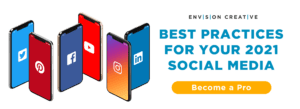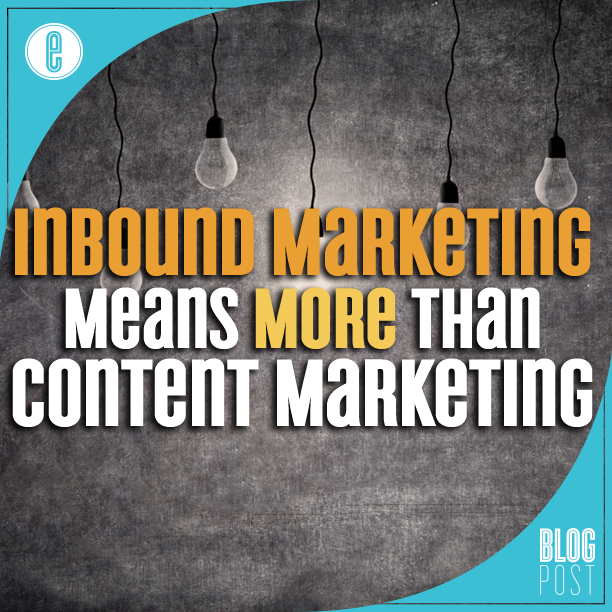
The concept of marketing isn’t necessarily difficult to grasp: it is a broad term encompassing all of “the activities involved in making people aware of a company’s products,” including advertising, promotion, and public relations. That is, until we begin exploring the potential for sales on the Internet, where we are introduced to the many facets of digital marketing, and quickly bombarded by a mind-blowing slew of big claims and endless semantics. At times, it may feel like you can throw any word in front of “marketing” and find it on Wikipedia:
- Inbound Marketing
- Search Engine Marketing
- Content Marketing
- Email Marketing
- Social Media Marketing
- Affiliate Marketing
- Outbound Marketing
Of these many methodologies, the newest buzz is “inbound marketing,” a term fully embraced by marketing automation giants like HubSpot and all too often used interchangeably with its predecessor, “content marketing.” Although the two methodologies have so much in common that there’s no wonder that people get confused, when you step into my world…
Inbound marketing means MORE than content marketing.
There are thousands of self-proclaimed content marketers that may argue otherwise, but – in my eyes – inbound marketing and content marketing are not the same thing.
You see, inbound marketing evolved from content marketing. It is everything content marketing is, but just a little bit more, standing just little bit taller and looking just a little bit better. Although inbound marketing can’t exist without it, they are not the same.
What is Inbound Marketing?
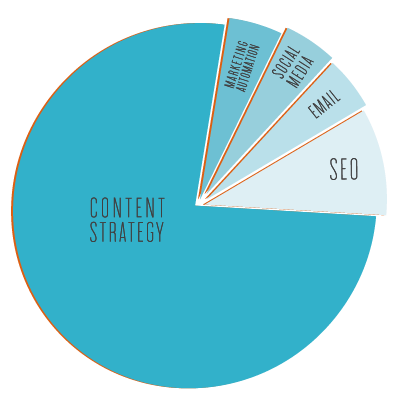
“Inbound marketing” is the long-time missing word for combining content marketing with elements of search engine optimization (SEO), email, and social media to create a single, complete brand experience. The methodology encourages the idea that all useful content doesn’t necessarily have to be from the same source (content curation), and heavily emphasizes the utility of marketing automation and analytics. It uses the word “inbound” because people ultimately discover the brand on their own, finding its targeted content uniquely relevant to their own lives, even if they’re not ready to make a purchase. It challenges the idea of “outbound marketing,” where a brand pushes out intrusive advertising in both digital and traditional forms.
[Read: 5 Things You NEVER Say About Inbound Marketing]
Their Part in the Digital Methodology
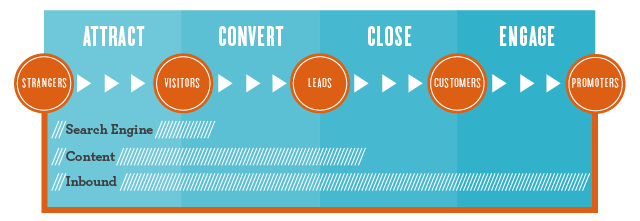
In the ideal digital marketing methodology, a brand will first ATTRACT visitors to their website, CONVERT those visitors into leads, CLOSE those leads into paying customers, and then ENGAGE and delight those customers until they are loving promotors of the brand.
Search engine marketing (SEM) best practices help to ATTRACT visitors, and content marketing (using the same SEM tactics) goes a step further by acting to CONVERT those visitors into leads. Inbound marketing combines all the principles of content marketing with the most proven features of social media and email marketing to create a holistic approach to the digital methodology; in an inbound marketing initiative, each visitor is nurtured from start to finish, until they are delighted promoters of your brand.
The Evolution of Inbound Marketing
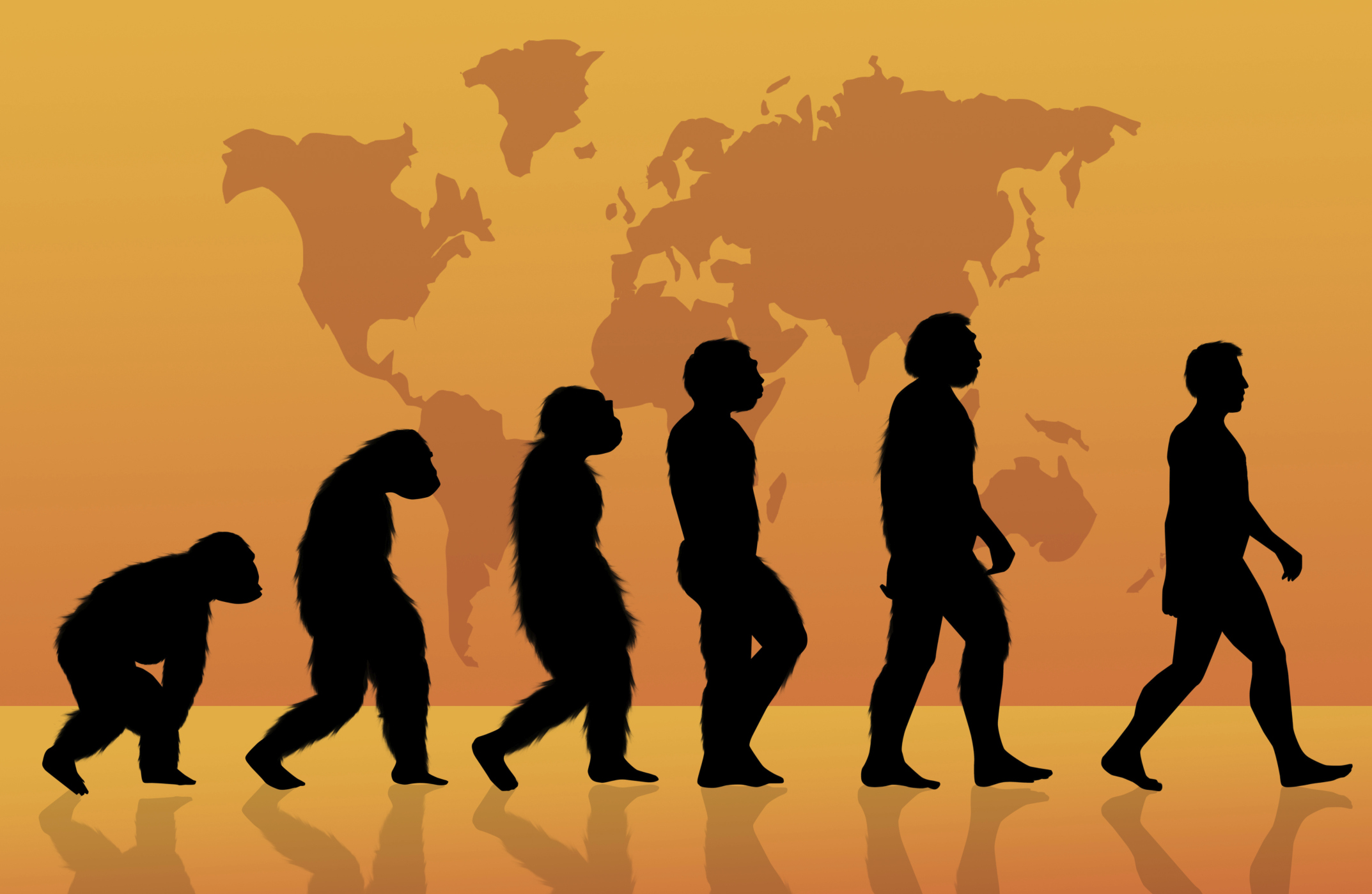
If Inbound were a true result of evolution, it would go something like this:
1. Search Engine Marketing (Marketing Habilis)
The idea of search engine optimization gave rise to search engine marketing, the practice of optimizing website content around specific keywords that people are proven to search for through Google and other popular search  engines. Early adopters of this methodology were able to draw visitors to their websites in the masses, although only the slightest fraction were what marketers would consider “qualified leads;” the majority of website visitors either had no interest in the available product/service or lacked the budget and authority to make a purchase. As a few brands ran out of web pages to optimize, they begin recognizing the power of blogging — the idea that every indexed blog page could serve as a keyword opportunity.
engines. Early adopters of this methodology were able to draw visitors to their websites in the masses, although only the slightest fraction were what marketers would consider “qualified leads;” the majority of website visitors either had no interest in the available product/service or lacked the budget and authority to make a purchase. As a few brands ran out of web pages to optimize, they begin recognizing the power of blogging — the idea that every indexed blog page could serve as a keyword opportunity.
Eventually, most brands were left with hordes of “unqualified” online visitors with nowhere to go after visiting the brand’s website and no reason to stay longer than a few seconds. With plenty of traffic but no income to feed on, many digital companies either died or gave in to the temptations of online advertising. The smartest of companies realized that just getting people to visit their website was not enough, that visitors needed a reason to care about their brand and the products that they sold… They evolved.
2. Content Marketing (Marketing Erectus)
The early content marketer recognized a need for differentiation between someone visiting their website “on accident” and a true prospective customer. The answer was “quality over quantity.”
The simple act of creating an original blog post, eBook, or white-paper that offers genuinely useful information kept people on the website longer, kept people coming back for more, and – best of all – increased the perceived value and expertise of the entire brand.
…Optimizing the content for keywords helped it to be found.
…Creating the content around buyer personas helped to qualify leads through relevancy.
…And the use of calls-to-action and landing pages helped to capture lead information and track conversions.
Content began to be built around not just particular personas, but also their predicted position in the buying cycle. With a need to efficiently sway new leads from each piece of content to the next, further evolution was inevitable.
3. Email and Social Media Marketing (The “Missing Link”)
While email marketing has been around longer than most of us can remember, marketing emails have historically been of the “outbound” nature; they have been spam-happy, impersonal advertising blasts saying nothing more than “Buy me! Please buy me!” to the victims of an email list purchase.
Using the contact information of qualified leads attained through landing pages, content marketers were privileged with lists of subscribed prospects that all had something in common. This allowed them to create extremely targeted email campaigns that people were actually interested in reading, immediately dwarfing the  atrocious open and click-through rates of the traditional “shotgun” approach. Rather than up-selling, savvy content marketers “nurtured” their potential customers closer to their brand with remarkable content and expertise, confident in the value of their product or service.
atrocious open and click-through rates of the traditional “shotgun” approach. Rather than up-selling, savvy content marketers “nurtured” their potential customers closer to their brand with remarkable content and expertise, confident in the value of their product or service.
At a different corner of the Internet, every business slowly but surely began to realize the importance of a social media presence. Social media had the potential to not only increase brand awareness at unprecedented levels (for free), but also to humanize the brand in the eyes of the consumer, ultimately leading to more sales and happier customers. Content marketers saw the rise of social media giants like Facebook, Twitter, and LinkedIn as an opportunity to disperse their content through a more personal and effective outlet.
At this point, the most successful content marketers went beyond the basic principles of content marketing, focusing more on buyer personas and personalization than ever, utilizing lead tracking software, harnessing automated email nurturing campaigns, and consistently drawing their current and future customers closer with social media.
What they had was a hosh posh of best practices that needed a title, whether they were willing to adopt it or not.
4. Inbound Marketing (Marketing Sapiens)
The adoption of inbound marketing has been and will continue to be seamless. As the collective love-child of content strategy, SEO, email nurturing, and social media marketing, “inbound” embodies the notion of “content marketing on steroids.” In the realm of inbound marketing, content may be king, but it is far from everything. Inbound marketing is about openly affirming the expertise of other brands and becoming a leading resource for your niche; building real relationships with customers through multiple outlets and personalizing each experience; and using analytics and conversion tracking to lead buyer’s through a journey far beyond their purchase, never hesitating to look back and identify where you can improve. Inbound marketing is about being human.
The marketers that claim that content marketing and inbound marketing are the same thing aren’t necessarily wrong. They just don’t realize how much more they’re doing and how much better they know their customers than they used to. They don’t realize their own evolution.
Envision Creative Group is an inbound marketing agency in Austin, TX. In addition to inbound marketing, Envision’s awesome team has expertise in website design and development, branding, graphic design, product packaging, and more.
-FINAL(01-00)-White&Blue-01.svg)
